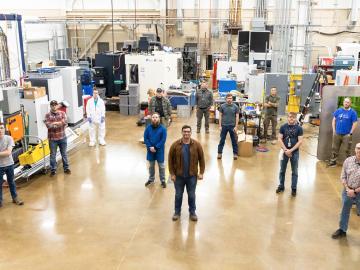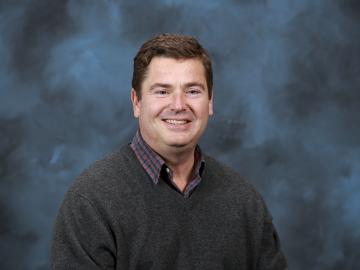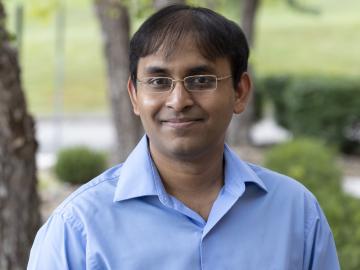
Filter News
Area of Research
- Advanced Manufacturing (2)
- Biology and Environment (34)
- Electricity and Smart Grid (2)
- Energy Science (45)
- Functional Materials for Energy (1)
- Fusion and Fission (12)
- Isotopes (20)
- Materials (46)
- Materials Characterization (1)
- Materials for Computing (8)
- Materials Under Extremes (1)
- National Security (13)
- Neutron Science (17)
- Nuclear Science and Technology (8)
- Quantum information Science (1)
- Supercomputing (20)
News Type
News Topics
- (-) Advanced Reactors (17)
- (-) Clean Water (16)
- (-) Composites (15)
- (-) Cybersecurity (20)
- (-) Isotopes (41)
- (-) ITER (5)
- (-) Materials Science (75)
- (-) Mathematics (8)
- (-) Microelectronics (3)
- (-) Space Exploration (14)
- 3-D Printing/Advanced Manufacturing (73)
- Artificial Intelligence (85)
- Big Data (49)
- Bioenergy (74)
- Biology (86)
- Biomedical (46)
- Biotechnology (25)
- Buildings (37)
- Chemical Sciences (46)
- Computer Science (127)
- Coronavirus (23)
- Critical Materials (6)
- Education (2)
- Emergency (3)
- Energy Storage (47)
- Environment (130)
- Exascale Computing (53)
- Fossil Energy (6)
- Frontier (47)
- Fusion (47)
- Grid (35)
- High-Performance Computing (92)
- Hydropower (6)
- Irradiation (1)
- Machine Learning (39)
- Materials (82)
- Mercury (7)
- Microscopy (31)
- Molten Salt (3)
- Nanotechnology (29)
- National Security (67)
- Neutron Science (95)
- Nuclear Energy (79)
- Partnerships (42)
- Physics (40)
- Polymers (14)
- Quantum Computing (37)
- Quantum Science (52)
- Security (19)
- Simulation (46)
- Software (1)
- Statistics (2)
- Summit (42)
- Transportation (41)
Media Contacts

Porter Bailey started and will end his 33-year career at ORNL in the same building: 7920 of the Radiochemical Engineering Development Center.

East Tennessee occupies a special place in nuclear history. In 1943, the world’s first continuously operating reactor began operating on land that would become ORNL.

As ORNL’s fuel properties technical lead for the U.S. Department of Energy’s Co-Optimization of Fuel and Engines, or Co-Optima, initiative, Jim Szybist has been on a quest for the past few years to identify the most significant indicators for predicting how a fuel will perform in engines designed for light-duty vehicles such as passenger cars and pickup trucks.

Six ORNL scientists have been elected as fellows to the American Association for the Advancement of Science, or AAAS.

The University of Texas at San Antonio (UTSA) has formally launched the Cybersecurity Manufacturing Innovation Institute (CyManII), a $111 million public-private partnership.

David Kropaczek, director of the Consortium for Advanced Simulation of Light Water Reactors, or CASL, at the Department of Energy’s Oak Ridge National Laboratory, has been named a fellow of the American Nuclear Society.

Seven ORNL scientists have been named among the 2020 Highly Cited Researchers list, according to Clarivate, a data analytics firm that specializes in scientific and academic research.

Planning for a digitized, sustainable smart power grid is a challenge to which Suman Debnath is using not only his own applied mathematics expertise, but also the wider communal knowledge made possible by his revival of a local chapter of the IEEE professional society.
A collaboration between the ORNL and a Florida-based medical device manufacturer has led to the addition of 500 jobs in the Miami area to support the mass production of N95 respirator masks.

New capabilities and equipment recently installed at the Department of Energy’s Oak Ridge National Laboratory are bringing a creek right into the lab to advance understanding of mercury pollution and accelerate solutions.


